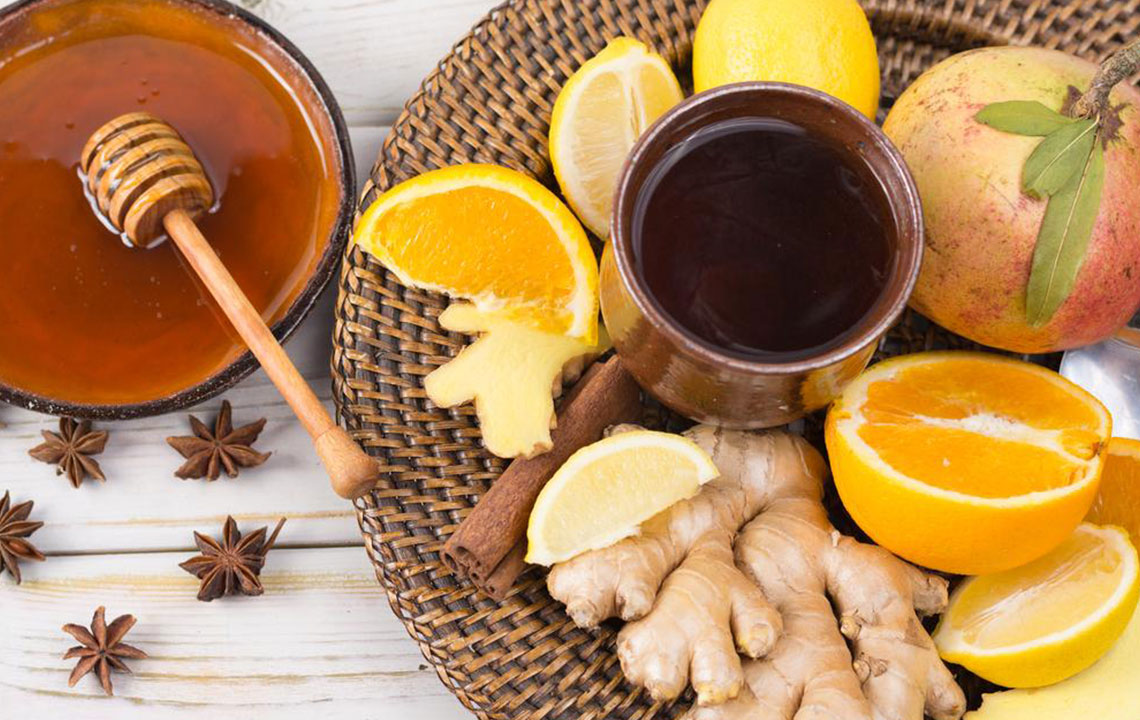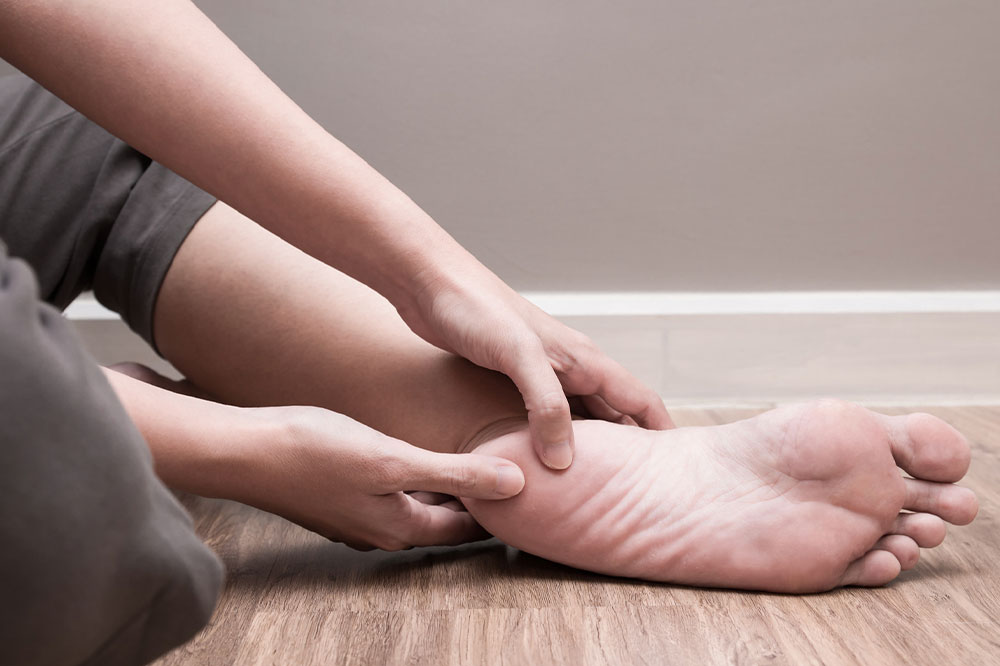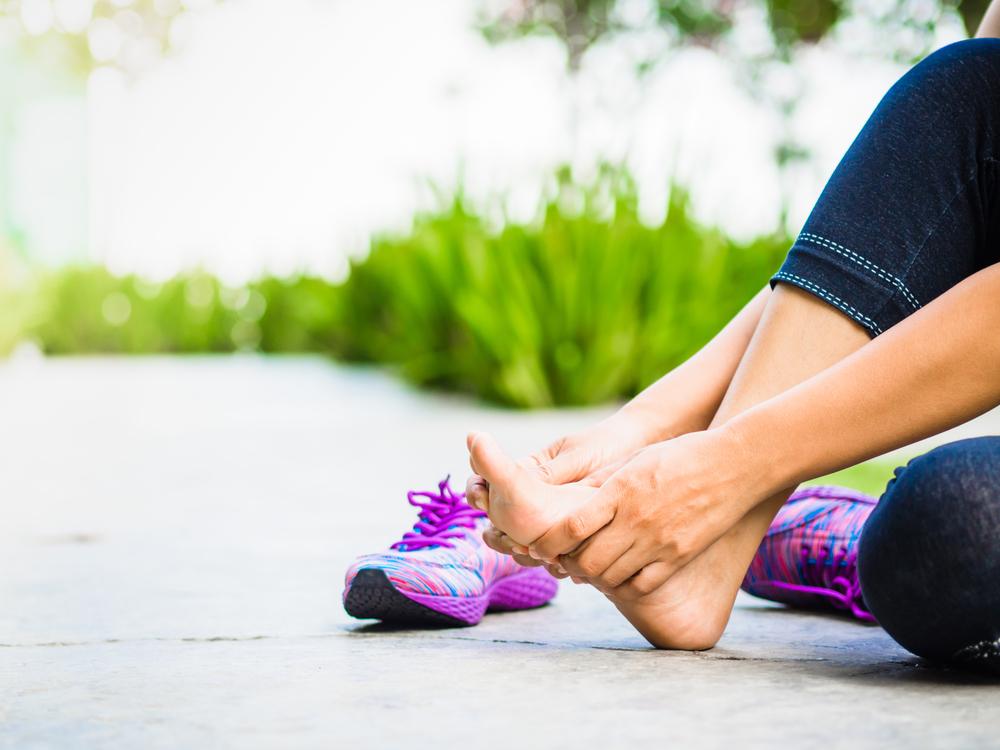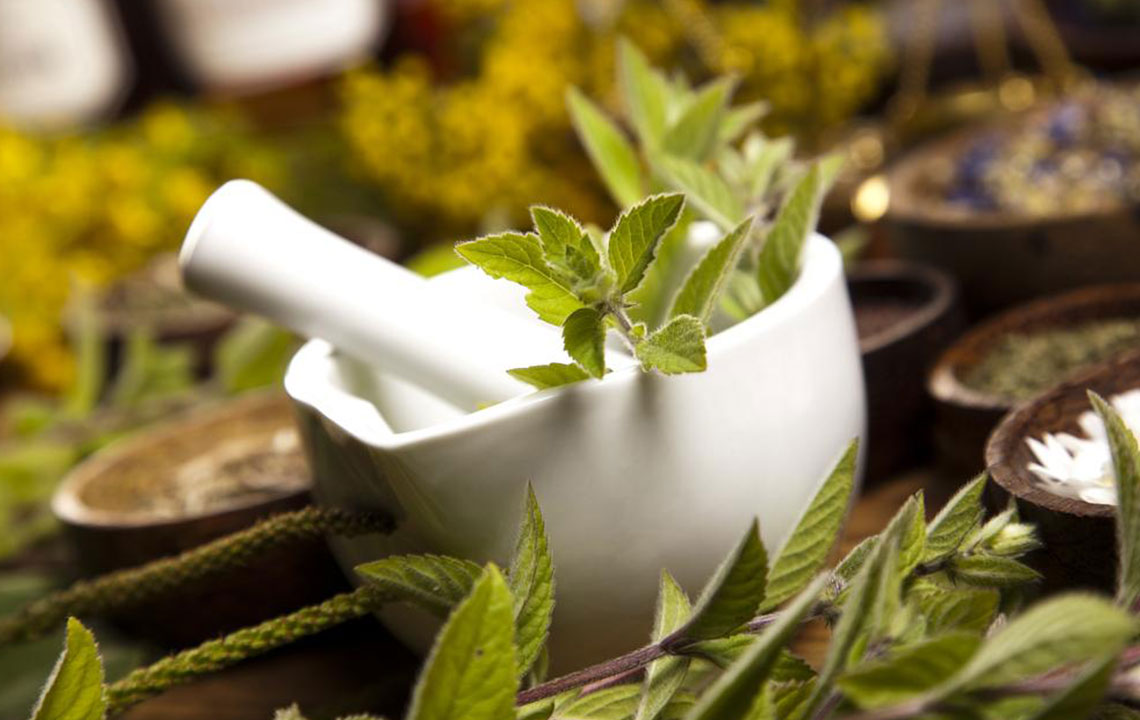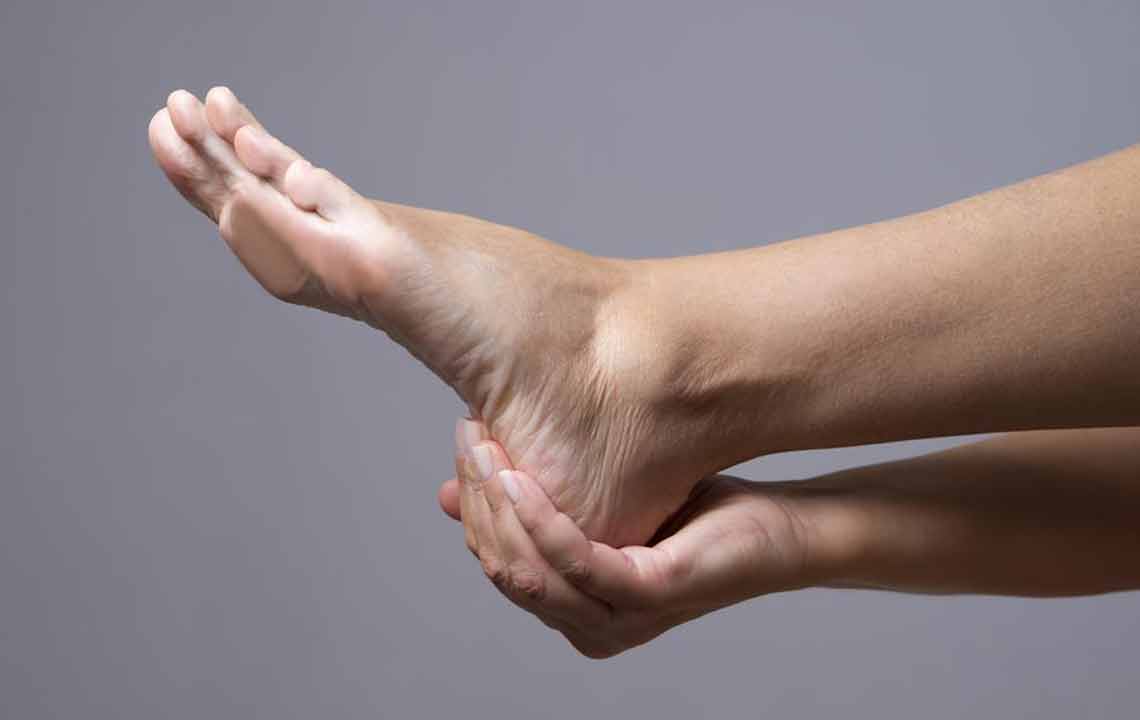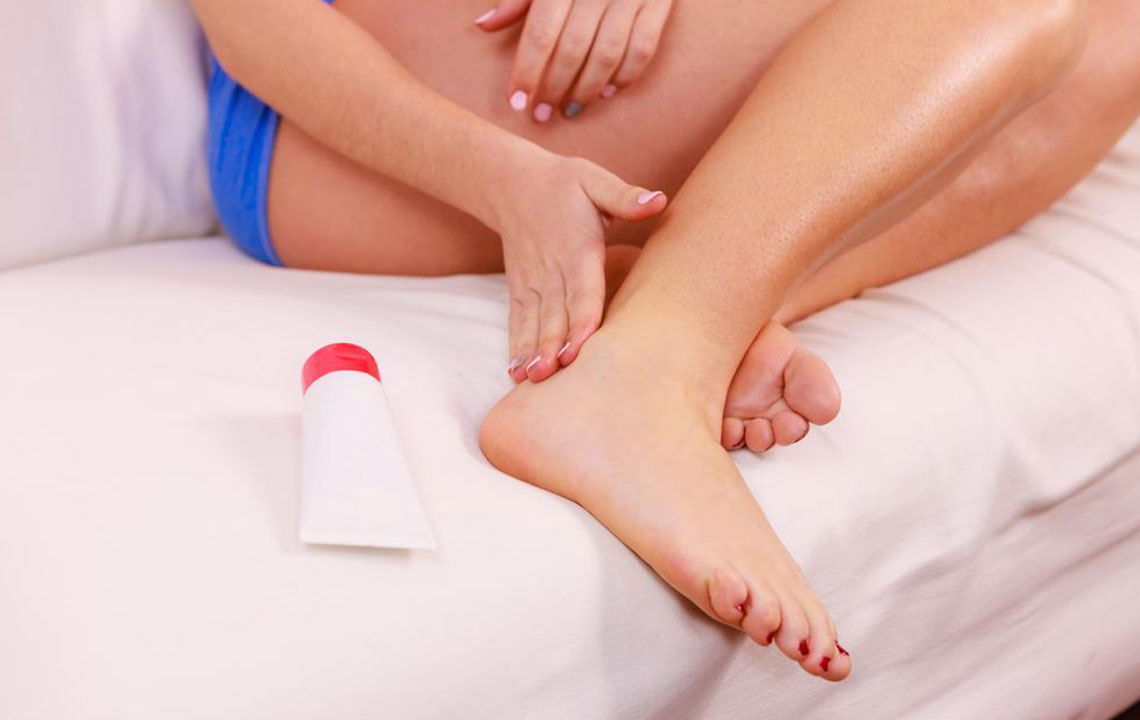Comprehensive Guide to Effectively Removing Corns and Calluses
This comprehensive guide explores effective methods to treat and prevent corns and calluses, emphasizing proper foot care, natural remedies, and professional treatments. To alleviate discomfort and promote healthy skin, learn about the causes, prevention tips, and step-by-step removal techniques tailored for both minor and stubborn cases. Regular care and appropriate footwear are essential for maintaining healthy feet and avoiding recurrence. Whether you're dealing with minor skin thickening or severe discomfort, this detailed overview provides practical advice to ensure your feet stay protected and comfortable.
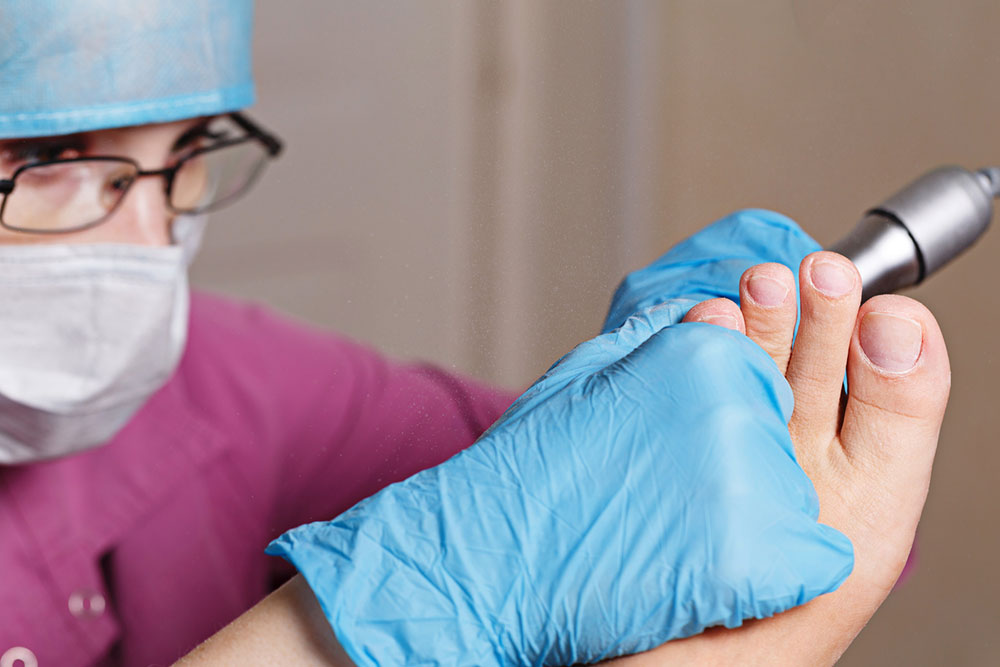
Comprehensive Guide to Effectively Removing Corns and Calluses
Corns and calluses are common skin conditions that develop as protective responses to continuous pressure and friction, especially in areas subjected to frequent rubbing. These formations are your body's way of shielding underlying tissues from damage caused by persistent mechanical stress. While they serve a protective function, they can cause discomfort, hinder mobility, and impact the quality of life if left untreated. Understanding how they develop, their types, and the most effective treatment strategies can significantly help in managing these skin issues.
Both corns and calluses are characterized by hardened, thickened patches of skin but differ in appearance and location. Calluses typically develop on areas experiencing repetitive friction, such as the soles of the feet, palms of the hands, or elbows. They appear as broad, diffuse, and less defined thickened skin patches. Corns, on the other hand, are usually smaller, well-defined, and tend to have a central core with a cone-like shape, often forming on toes, especially over prominent parts like the tops or sides. They tend to be more painful than calluses, especially when pressing on nerve endings.
The primary causes of corns and calluses involve ill-fitting footwear, abnormal foot mechanics, repeated physical activities, and prolonged standing or walking. Shoes that are too tight or too loose can cause abnormal friction and pressure, accelerating the formation of these thickened skin layers. Certain foot deformities, like bunions or hammer toes, also contribute by changing pressure distribution on the feet. Age-related skin changes can make the skin more prone to hardening, while activities like running or walking barefoot increase risks.
Preventing and managing corns and calluses involves a combination of proper foot care, footwear choices, and some natural or medical interventions. For prevention, wearing well-fitted shoes that leave enough room for toes, using cushioned insoles, and avoiding prolonged walking in uncomfortable shoes are key. Proper foot hygiene, including regular washing, drying, and moisturizing, can maintain skin elasticity and reduce thickening.
Effective removal techniques start with softening the hardened skin. Soaking the feet in warm water for 10-15 minutes helps soften the keratinized tissue, making it easier to gently exfoliate or pare down the thickened skin with a pumice stone, emery board, or foot file. Using moisturizing creams infused with ingredients like urea, salicylic acid, or lactic acid can prevent further thickening while gradually reducing existing corns and calluses.
Natural remedies also offer alternative solutions for softening and reducing corns and calluses. Applying castor oil, which has anti-inflammatory properties, can help soften the skin. Apple cider vinegar acts as a natural disinfectant and can help reduce thickened skin when used with sufficient caution. Lemon slices can exfoliate dead skin, and onion slices possess antibacterial qualities. These remedies should be used carefully to prevent skin irritation and should be complemented with proper foot hygiene.
For stubborn or painful calluses and corns, consulting a healthcare professional is advisable. Podiatrists may recommend removing the thickened skin via minor procedures like debridement, which entails carefully trimming or paring down the hardened area. In more severe cases involving infection, antibiotics or other medical interventions might be necessary. Surgical options are typically reserved for deformities contributing to recurrent issues, such as correcting bunions or structural abnormalities.
In addition to treatment, regular foot care routines are vital to prevent recurrence. Always inspect your feet regularly, especially if you have diabetes or circulatory problems, as these conditions can complicate healing. Wear protective padding or cushions on areas prone to pressure and avoid walking barefoot on rough surfaces to minimize friction. Maintaining healthy, moisturized skin with natural oils and moisturizing creams will help keep your skin supple and resilient.
While corns and calluses are common and generally manageable, understanding their underlying causes and employing appropriate treatment strategies can significantly alleviate discomfort and improve foot health. By combining proper footwear choices, regular foot hygiene, natural remedies, and professional interventions when necessary, you can effectively control and prevent the formation of these thickened skin patches, ensuring a more comfortable and healthy walking experience.
